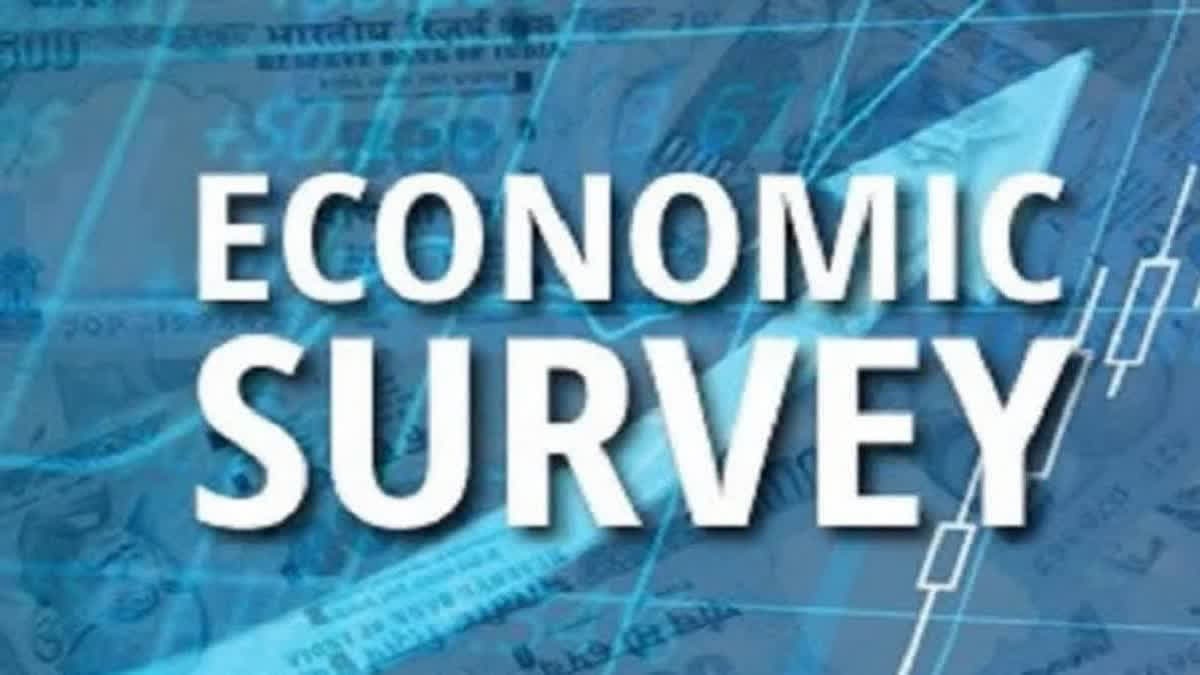
The Economic Survey of India 2024-25 presented by the Finance Minister Nirmala Sitharaman in Parliament has gained attention over the factor of expensive cost of medical education in the country. Besides, the survey identifies the affordable pricing to promote learning in medical colleges in India as an effective solution towards the high cost of healthcare services towards the achievement of UHC. This is because there are several students who are interested in studying medicine and have been forced to seek education in other countries because local private endowed institutions are expensive, a survey raises this demand that medical schools should be made more affordable for students with less privileges.
High Cost of Private Medical Education in India
This has been mentioned as one of the main issues in the Economic Survey where the high cost of fees charged by private medical colleges has been noted. In India, the fees in the private college for the medical courses are so high that they are beyond the reach of so many students. The survey also indicates that for nearly 48% MBBS seats, the fees are chargeable in private institutions and might vary from Rs 60 lakh to above Rs 1 crore. They ensure that medical education becomes an unattainable dream of many deserving students and particularly to the ones with a poor background.
It is pertinent to mention that the National Medical Commission has set guidelines regarding fee structure of ‘self financing’ institution. However, the survey shows that this has remained a fact and the fees are still within the prohibitive category even with the set guidelines. This comes as a disadvantage for students to have to study medicine in India as many opt to study in other countries.
Medical Students Opting to Study Abroad
Many students fail to afford the private medical education in India so, study in other countries where the expenses of medical courses are less. Some of the countries rich in mineral resources within this group of countries are china, Russia, Ukraine, the Philippines, and Bangladesh. The cost of education in these countries of the world is relatively cheap as compared to other developed countries but the task of studying in other countries is not easy.
Whenever Indians decide to study medicine in some other country they are submitted to a number of challenges. First, they are subjected to various tests which include the National Eligibility cum Entrance Test for Under Graduate referred to as NEET UG before being admitted in the facility and then the Foreign Medical Graduates (FMG) test after their course. In addition to this, they are also expected to serve an internship of twelve months in India. Also, at this particular time in the COVID19 and the war on Ukraine, many FOGs have been compelled to leave the host nation and abandon their education altogether since the environment is not conducive. This leads to doubt in the future of such students and questions the quality of education for doctors in foreign countries.
The survey also reveals that the extent ofIr passing for the FMG examination recorded 16.65% for the 2023-24 level of operation. This can be expected given the generally low standard of medical education in some of these foreign universities especially as regards clinical experience. This leads to a crucial question: students select cheaper heath education from foreign countries, however, majority of them do not have the capacity to fulfill the pipedreams of medical practice in India. As a result, the govt is urged into a position of upping the standards of medical education locally and abroad.
Regional Imbalances in Medical Education and Healthcare Access
The Economic Survey also draws the attention of the country towards regional imbalance in medical college/beds in India. And interestingly a larger part of both, the undergraduates and postgraduates medical seats are available in the southern regions. In detail, 51 percent out of total under graduate students’ intake along with 49 percent of total post graduate students’ intake in the participating universities is from these states. This gives the sense of inequality, and this hinders the wishes of students from other regions of the nation especially the rural areas from attaining a medical education.
Similarly, there is conformity in terms of healthcare professionals, 80% of which work in towns whereas rural areas experience acute shortages of doctors and other health practitioners. This urban-rural divide has been as a result of differences in economic growth and development and growth of health facilities since they have increased mainly in the urban areas. It finds out that 75 percent of dispensaries and 60 percent hospitals which are major fronts on provision health care are are situated in the urban areas thus demoralizing the access to health care for the rural populace.
To redress the imbalance the Economic survey suggests that there should be provisions made to encourage practitioners especially within the rural and hard-core business areas. It may involve upgrading facilities, offering bonuses and remunerations to doctors who opt to serve in these areas as well as availing professional development to such doctors. This could assist in addressing the issues related with distribution of health care and also ensure that human resource is available in areas of high demand.
Skewed Distribution of Specializations
This paper will also examine the Economic Survey report to underscore that there is a need for a balance in the distribution of seats in medical specialization. Despite the fact that many students prefer fields such as radiology, cardiology, dermatology, and gynaecology because of high demand and availability of ample number of seats for these specializations, there is a scarcity of doctors in psychiatry and geriatric field. These areas are usually ignored by medical students while the society is experiencing an ageing process and mental ailments becoming prevalent.
A medicalArea of shortage is expected to become more elaborate in the future as such fields turn into monumental. The survey also accentuates on the distribution of specialties that are adequate to accommodate the changing nature of the facility. The survey also presents that postgraduate education, in addition to preparing clinical practitioners, postgraduates should also inspire them for research and innovative roles and to be teachers. Both those who carry out special research on medical science and also those who train doctors of the future must be provided to sustain the medical world.
Challenges in Medical Remuneration
Medical costs are posing to continue rising while remuneration of medical practitioners in India still remains relatively low. As per the market rate, fresh pass outs get a package of Rs 5 lakh per annum and city doctors of highest rank get Rs 12.5 lakh to Rs 18.4 lakh per annum. This is almost equivalent to the market entry pay of several other graduates of various disciplines such as engineering and business administration. The problem of the low wages for doctors and especially for young doctors affects medical practitioners and contributed to many to looking for better opportunities overseas.
This survey reveals that migration of Indian doctors as a global phenomenon continues and will rise as nearly 191, 000 Indian physicians are currently working in OECD countries in 2021. In the same year, more than 2800 physicians also migrated from the country. This is compounded by temptations of higher salaries, better working conditions in other countries such as the United States, United Kingdom, and Canada among others. This means that while more doctors are emigrating to these countries in search of better opportunities, the demand for health services in India is increasing with a shortage of physicians settling in rural or hard to reach regions.
To offset this, the Economic Survey suggests an enhancement of doctors’ wages and terms of employment, in India. It could entail increasing or granting wages, expending profitable schemes, and offering promotions to the employees. Thus, through proper financial remuneration, India can be able to retain qualified personnel in this sector so that they can providers’ health care facilities to the growing population.

 Share
Share






